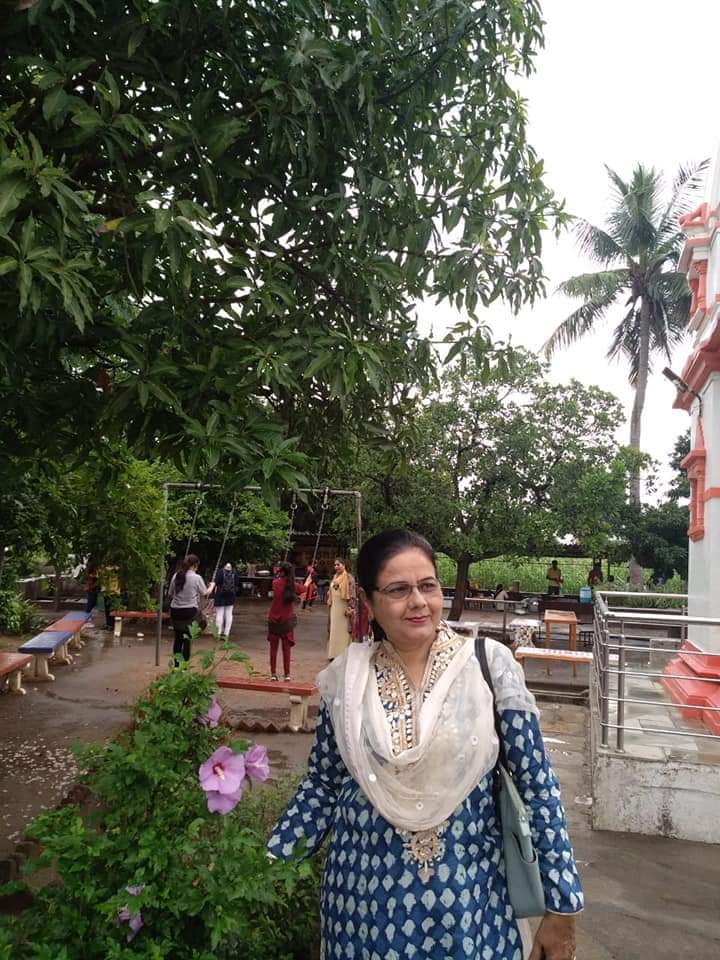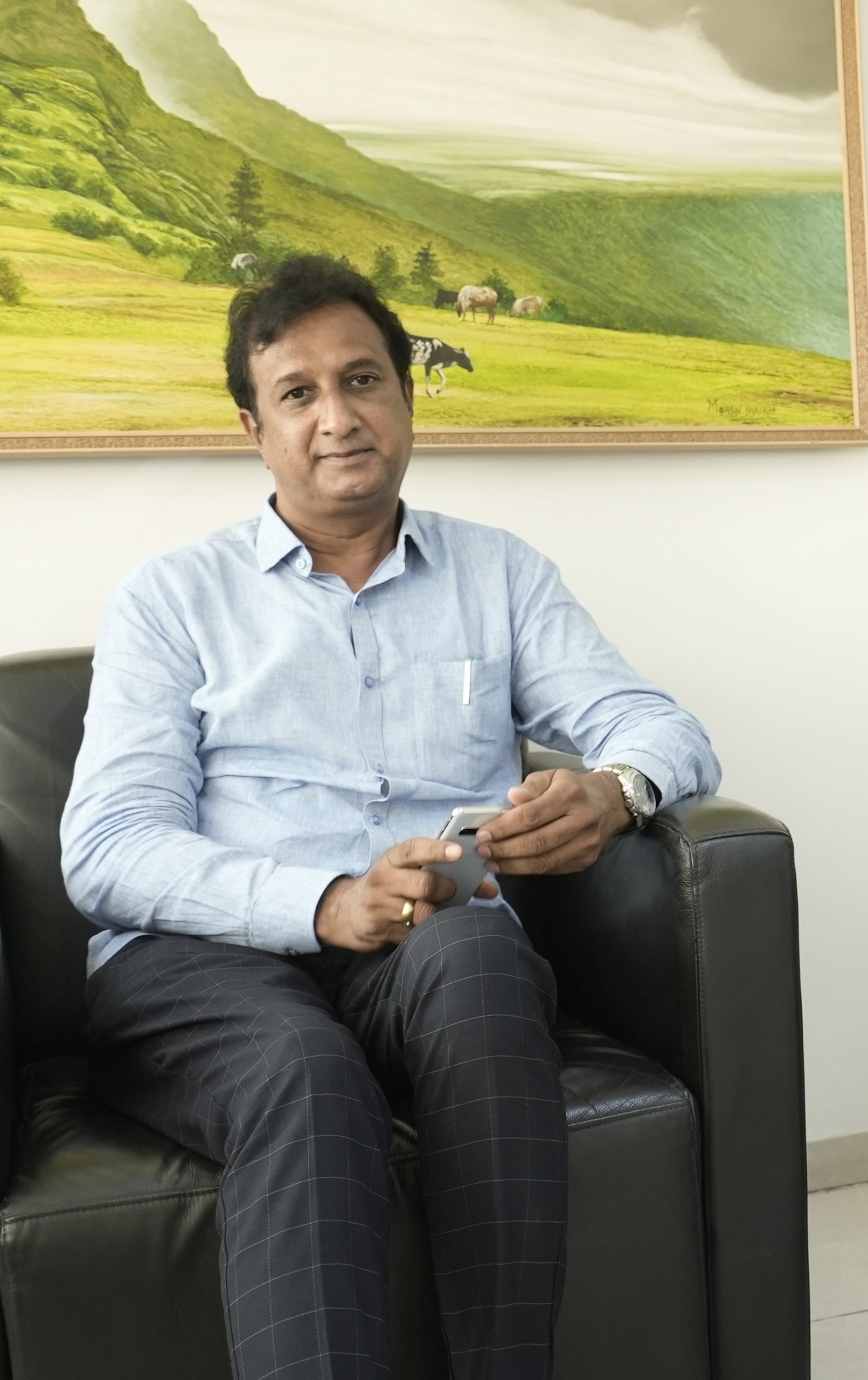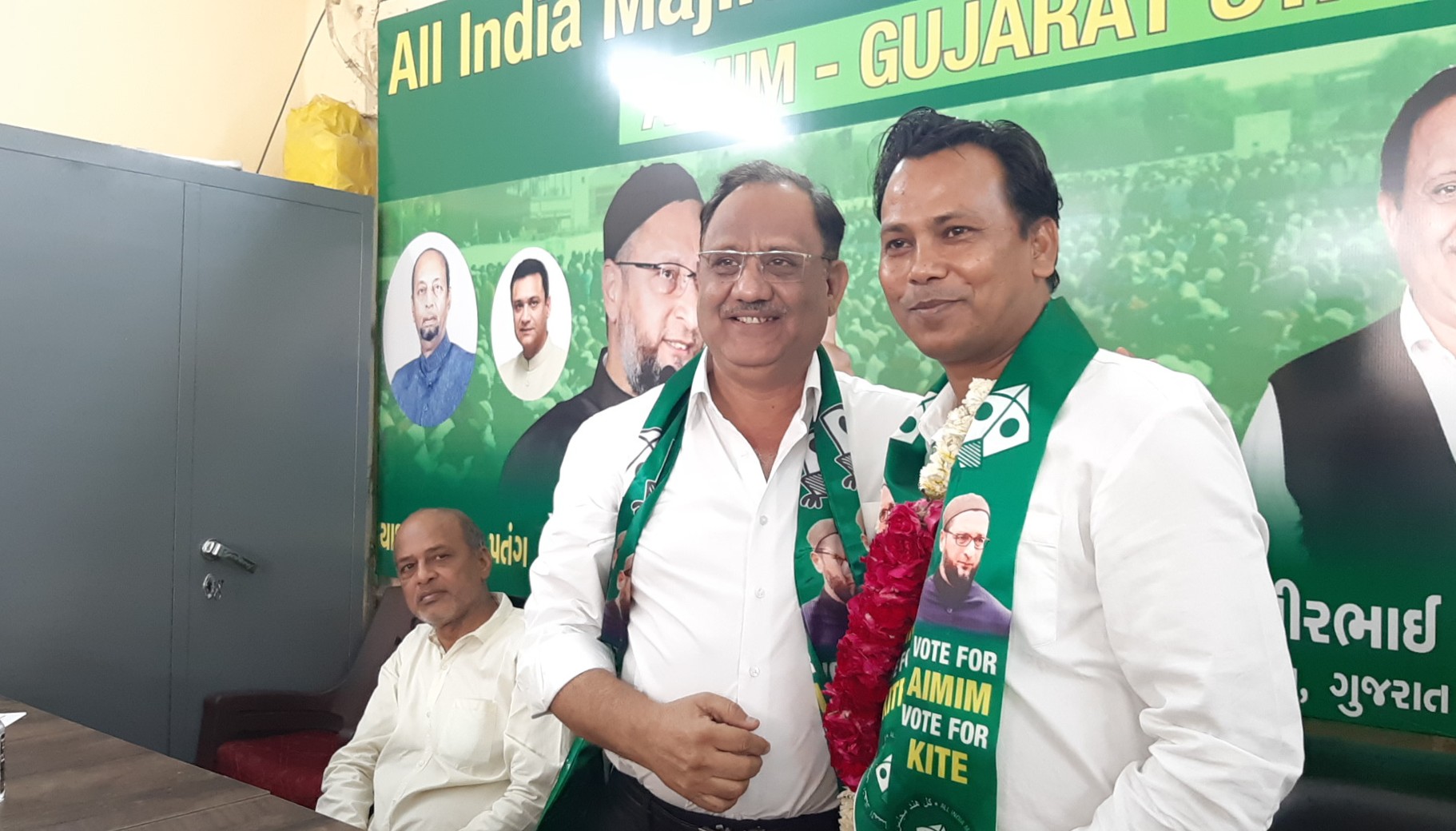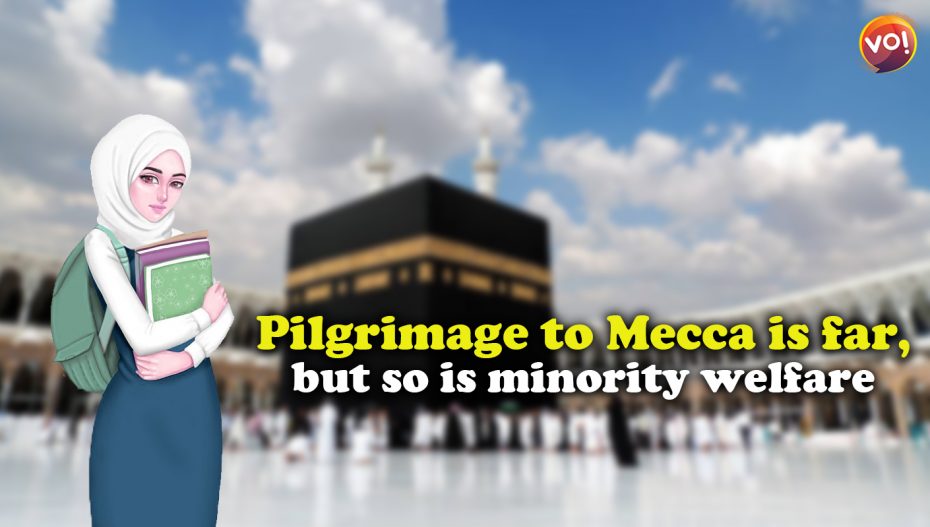It’s been three years since the Hajj subsidy was abolished to give way to minority upliftment, especially girls’ education, but the reality on the ground is unchanged.
Among the five pillars of Islam that are central to Muslim belief is the Hajj pilgrimage that every Muslim must take at least once in their lifetime. In Gujarat alone, every year, more than 25,000 people undertake this holy trip. Muslims have long been supported to pursue the pilgrimage to Mecca, Saudi Arabia, since the British Raj (1932).
Government statistics reflect a Hajj subsidy of Rs 691 crore for 2013-14, Rs 836 crore in 2012-13, Rs 408 crore in 2016. This included subsidized airfare in Air India, accommodation, assistance in meals, lodging, medical care, and other facilities.
It was only in 2018 that the 85-year-old policy was scrapped to give way to minority upliftment, especially for girls’ education. Even in the Congress regime in 2012, a constitutional bench of the Supreme Court directed that the Hajj subsidy be done away with. It’s been three years to the day when Union Minority Affairs Minister Mukhtar Abbas Naqvi abolished the subsidy but has the landmark judgment tilted the fate of minority girls? We find out.
“In the past three years, not a single rupee has been received for the educational empowerment and welfare of girls, on the contrary, their drop-out ratio from school has definitely spiked up,” said historian Rizwan Kadri.

Vouching for this, Anjum Rizvi, Principal, Chhipa Girls’ High School — an academician with 35 years of experience in the field of minority girls schools —said, “At least 20% girls drop out of schools after Class 10t and 75% drop out after 12th standard. Of the 1,100 girls that study in our school, and the families they come from have financial issues. In our school, we charge Rs 700 per year but even that is a lot for several families. When it comes to government aid, we have received nothing. Not even a single penny. We want to run these schools and so all the help we get is from our community. Minority schools are going through a tough time and we have no helping hand.”
Lack of data, zero accountability
Imran Khedawala, MLA from Jamalpur-Khadia constituency, questioned the government’s motive and the lack of transparency. He said, “By not spending a single rupee on minority girls’ education, what message does the government want to give? I had raised this question in Vidhan Sabha but the Central government doesn’t have any data on neither the amount supposed to be spent on minority girls’ education. So far, nor is the total amount allocated to these girls’ education, there is no accountability either”. To add to the woes, an amendment in Gujarat Secondary and Higher Secondary (Amendment) Act, 2021, takes away the right of minority schools to monitor and run their own schools.

“In minority areas like Juhapura or Vatva, the government has several plots that were kept to build minority schools and help minority girls but till date, the plot is as it is. There has been no work done on it. Poor kids in these areas need education but all they get is non-used land as a symbol of their unfulfilled dreams.” added Khedawala.
Benefits just on paper
Ahmedabad has around 25 Muslim minority schools but they are all running on their own or with community support. The government has not supported them at all. Sabir Kabliwala, Gujarat State President of AIMIM (All India Majlis-e-Ittehadul Muslimeen), said, “Be it Hajj subsidy or other beneficiary schemes for Muslim minority girls, on paper, the government has several schemes but nothing reaches the people. People aren’t aware of these schemes and to add to it, most of their schemes have no execution.”

Shamshad Pathan spokesperson for AIMIM (All India Majlis-e-Ittehadul Muslimeen), Gujarat, said, “As a community, we second the decision by the government but the move didn’t translate to any welfare work instead side-lined our community. The government gave no accountability of the funds directed towards the education of girls. If Kumbh Mela and Amarnath yatra pilgrims are supported, why aren’t we? India is a secular country and discrimination on the basis of religion is unfair. Education can empower a whole community and when we miss out on education (especially girls education) we miss out on the progress of the whole community.”













Muslims are always victimised in every scheme, whatever party is in power.